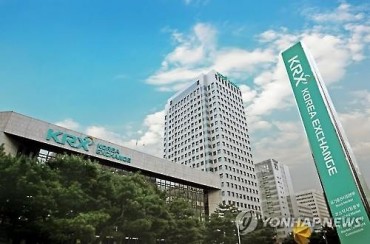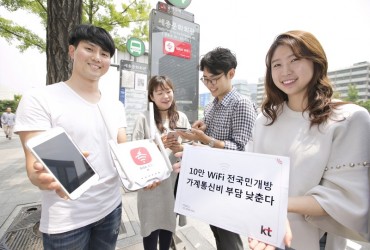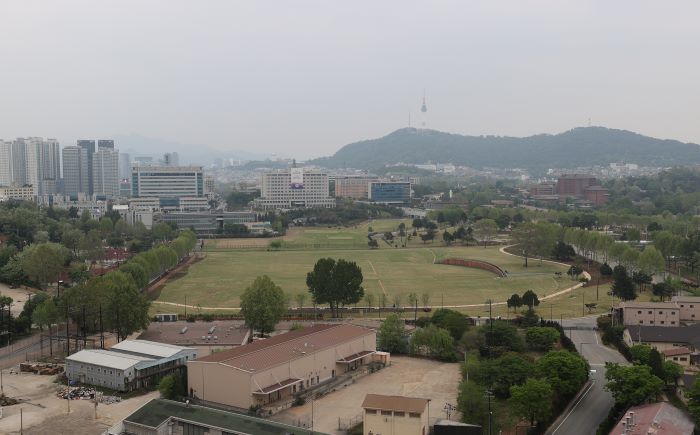
On May 4, a section of Yongsan Park’s land was repurposed as Yongsan Children’s Garden after being returned from the U.S. military. It is a significant milestone as the ‘forbidden land’ which had been occupied by Japanese troops after the signing of the Korea-Japan Protocol in 1904, and later used as a U.S. military base until recently, will now be open to the public for the first time in about 120 years. (Image courtesy of Yonhap)
SEOUL, May 6 (Korea Bizwire) —On the eve of Children’s Day, the Yongsan Children’s Garden, built on the site of the former Yongsan U.S. military base, opened its gates to the public for the first time in over 120 years.
However, despite the excitement surrounding the opening, opposition parties and environmental groups have raised serious concerns about the safety of the site.
Critics of the park have lambasted the government for rushing the project without adequately cleaning up soil contamination at the site, which is believed to be the result of frequent oil spills during the military base’s operation.
In fact, the opposition has been particularly vocal in its criticism of the government’s decision to open the site to the public without first addressing these pressing environmental issues.
Moreover, environmental groups have highlighted the presence of various carcinogenic and toxic substances at the returned site, raising alarm bells about the potential risks to public health.
According to GreenKorea and the Yongsan Citizens’ Council for the Creation of Intact Ecological Peace Parks (Saving Seoul Parks), the General Quarters Complex (A4b, A4f), the baseball field site (A4D), and the sports fields (A1, A2) that make up the Yongsan Children’s Garden are all rife with petroleum-based total petroleum hydrocarbons (TPH), heavy metals, and carcinogens such as xylene, lead, arsenic, and mercury.
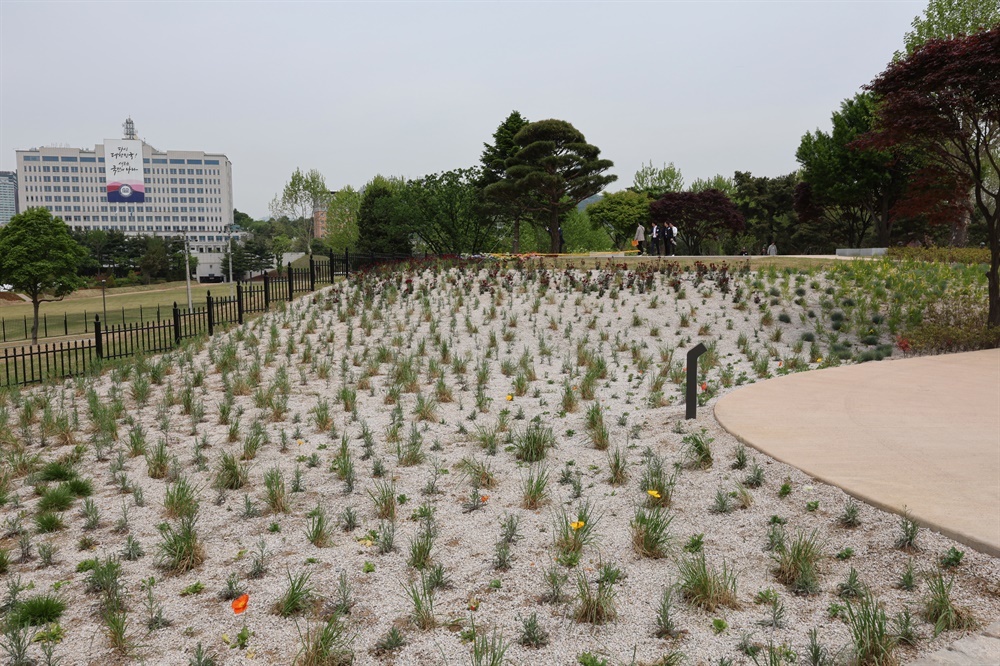
On May 2, a preview event was held before the public opening of the Yongsan Children’s Garden in Yongsan-gu, Seoul. The photo displays the Presidential Office Building as seen from the observation hill of the Yongsan Children’s Garden. (Image courtesy of Yonhap)
Newstapa, an investigative media organization that has been monitoring soil contamination at the site since 2020, has also reported extensively on the extent of the contamination. Citing the Soil Environment Conservation Act, Newstapa has detailed how soil contaminants, including carcinogens and heavy metals, are distributed throughout the Yongsan Children’s Garden.
In one particularly alarming instance, Newstapa found that TPH was detected at a peak concentration of 4,436 mg/kg in the “grassy yard,” 8.8 times over the standard of concern. Arsenic, a Group 1 carcinogen, was also found at a concentration of 234.86 mg/kg, 9.39 times over the standard.
Despite these serious concerns, the government has maintained that the “hazard” (risk) posed by the site is more important than the soil contamination itself.
The government’s position is that hazard is a criterion that evaluates how harmful soil contaminants are when exposed to humans, and that the United States uses hazard criteria more than soil contamination itself.
However, critics have pointed out that it is not valid to refer to the concept of hazard in Korea based on the United States, where the soil environment is entirely different.
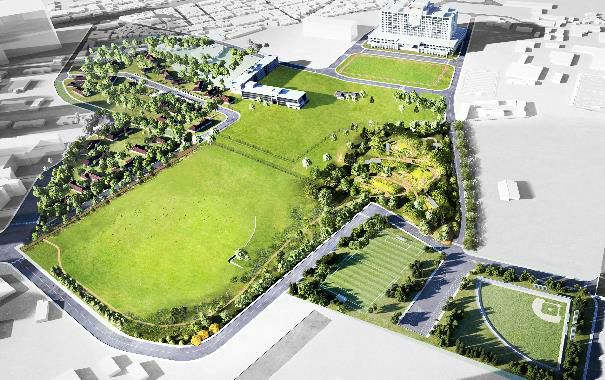
It is a significant milestone as the ‘forbidden land’ which had been occupied by Japanese troops after the signing of the Korea-Japan Protocol in 1904, and later used as a U.S. military base until recently, will now be open to the public for the first time in about 120 years. (Image courtesy of Yonhap)
Although the government’s first soil safety survey for the opening of Yongsan Base began in May 2021, Newstapa’s freedom of information request for the report was denied by the Ministry of Land, Infrastructure and Transport (MOLIT) in December of that year. Newstapa filed a lawsuit against MOLIT to cancel the non-disclosure and won in the first instance.
However, the government appealed, and the case is now in the second instance. Despite the ongoing legal battle, the first trial court ruled that “there is a great need for the public to know clearly about the level of soil contamination and whether the government has carried out appropriate risk reduction measures,” particularly given the imminent opening of the site to the public.
M. H. Lee (mhlee@koreabizwire.com)



